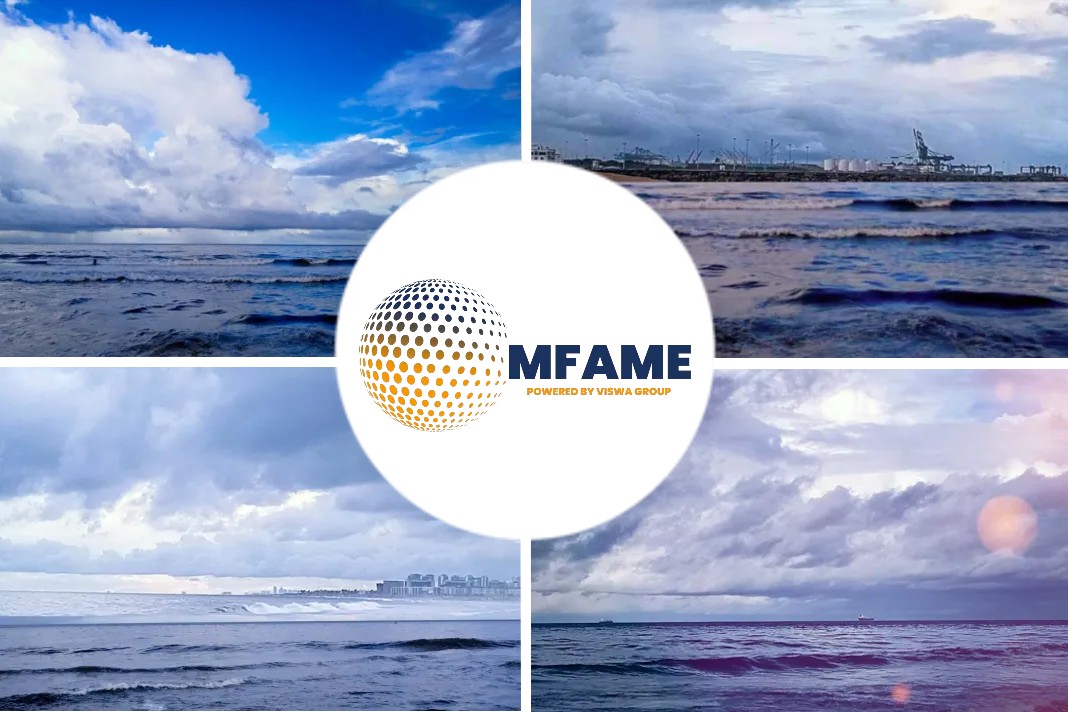On August 16, 1918, Surfman Number Eight of the Chicamacomico Life-Saving Station, Leroy Stockton Midgett, took the watch in the tower of the still-new 1911 station.
Life-Saving Service
Although this was three years after the Life-Saving Service had been recreated as the Coast Guard, these folks had been used to the old terminology for many years and consequently continued to use them for some time.
Leroy was nervous about his responsibility that day for two reasons – the surf was enough to cause shipwrecks.
But more than that, Leroy knew something that nobody else in America knew, except the military.
We had zero defences for the ultimate stealth weapon of its day, the German submarine.
He watched it slowly creep north, heading towards his station.
By 4:30, the Mirlo was seven miles offshore, almost directly opposite the Chicamacomico Station.
Launched through raging surf
“Captain Johnny, a ship is in trouble!” he hollered out of one of the open station tower windows.
Almost always, there were eight surfmen and the Keeper at the station.
The Commanding Officer of the Mirlo, Captain Williams, quickly ordered his ship west, trying to beach her, but he only got two miles when there was a second explosion.
The resulting inferno was too large to describe or even to imagine.
By now it was 5:00 p.m. With all that noise, fire, and smoke, most of the men from the village of Rodanthe and even lifesavers from the Gull Shoal Station to the south showed up.
Even with that help, it took a full 30 minutes to finally launch through the raging surf.
After Surfboat No.1046 got past the violent breakers, Capt.
Johnny encountered some of the British sailors of the Mirlo.
He learned that the rest of the crew were trapped in that inferno.
What a shame if you survived this calamity but then drowned getting ashore.
Johnny’s crew circled this huge wall of flames, suddenly, as if in a Hollywood movie, there was a break in the smoke and flames.
Great haste
As the lifesavers approached the capsized lifeboat, this is what they found: six men, coming out from underneath the capsized lifeboat, scraping the flames aside, and gasping for a second or two of air.
Their worst nightmare ended as they were pulled safely into Surfboat No. 1046, something went wrong.
They should have been getting out of there with all great haste; instead, they remained in that treacherous area.
Finally realizing there were no more survivors there, Capt.
The British sailors must have explained that when their ship was split in two, they saw nineteen of their shipmates on the stern.
It was engulfed in flames and was going down like a rock.
These were desperate men in a highly desperate situation, and it was all they had.
Even worse than that, it was so crowded that there was no room to grow, putting them at the mercy of the south wind, which carried deadly flames.
1046 a mile farther south searching for more survivors.
Covered in oil, blistered and battered, but alive.
Johnny took that boat in tow, struggled the nine miles back, against the wind, met the other lifeboat they had instructed to wait, and began to ferry the survivors ashore one boatload at a time.
By 9:00 p.m. that night, 42 English sailors stood on the sands of Hatteras, headed for Chicamacomico, alive due to the impossible heroics of the men of Chicamacomico.
The Grand Cross of the American Cross of Honor
In the early 1900s, Congress created the supreme medal for valour. It was to be the ultimate recognition for outstanding bravery. It was called The Grand Cross of the American Cross of Honor. It didn’t matter whether the person was military or civilian, man or woman, black, white, or whatever. It had to be “extreme valour to the utmost degree.” Consequently, the requirements were so lofty and stringent that rarely did anyone ever qualify for it; so, sadly, eventually it was dropped. In its 30-year reign, nationwide, only eleven were ever issued. Six of those recipients rowed together on August the 16th, 1918 in Chicamacomico’s Surfboat No. 1046. That made it the most-highly awarded maritime rescue in U.S. history. That very boat is on display in Chicamacomico’s 1874 Life-Saving Station. It is a testament to the Mighty Midgetts of Chicamacomico, whose sheer will, dedication, determination and commitment rose above all others in the annals of life saving history. They would not be deterred, because that is just what they were born to do. That’s why at Chicamacomico, we said “the Midgetts are big around here!”
Did you subscribe to our daily Newsletter?
It’s Free! Click here to Subscribe
Source: Island Free Press
















![[Watch] A Christmas Tree Goes To Sea](https://mfame.guru/wp-content/uploads/2025/01/mfame-container-100x70.jpg)
